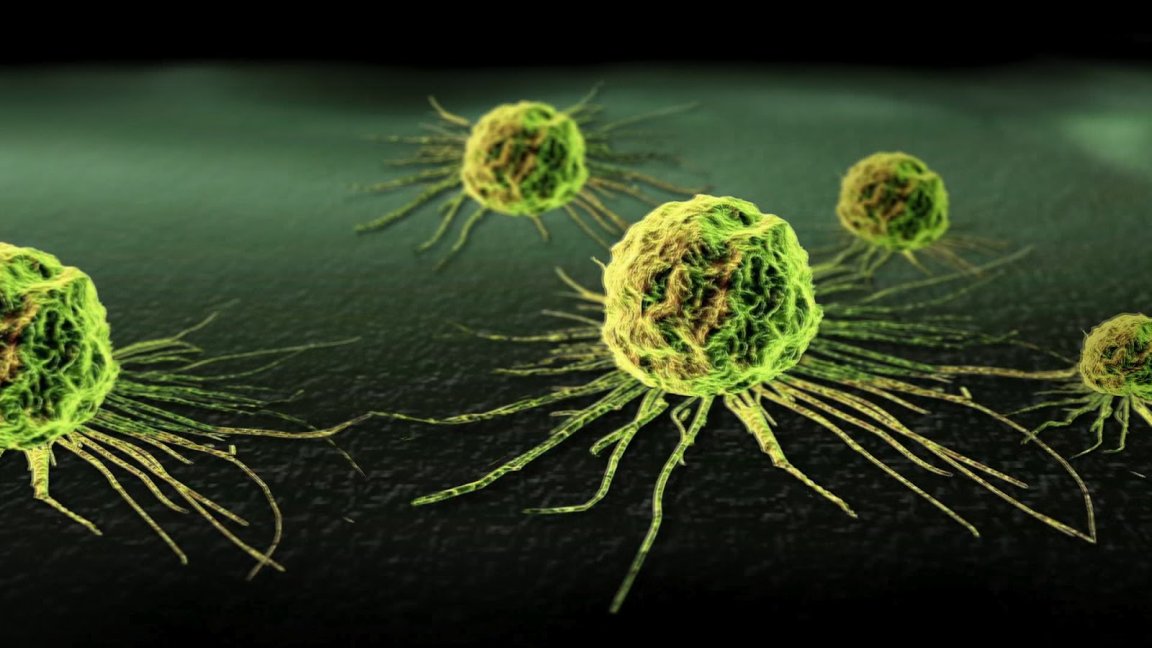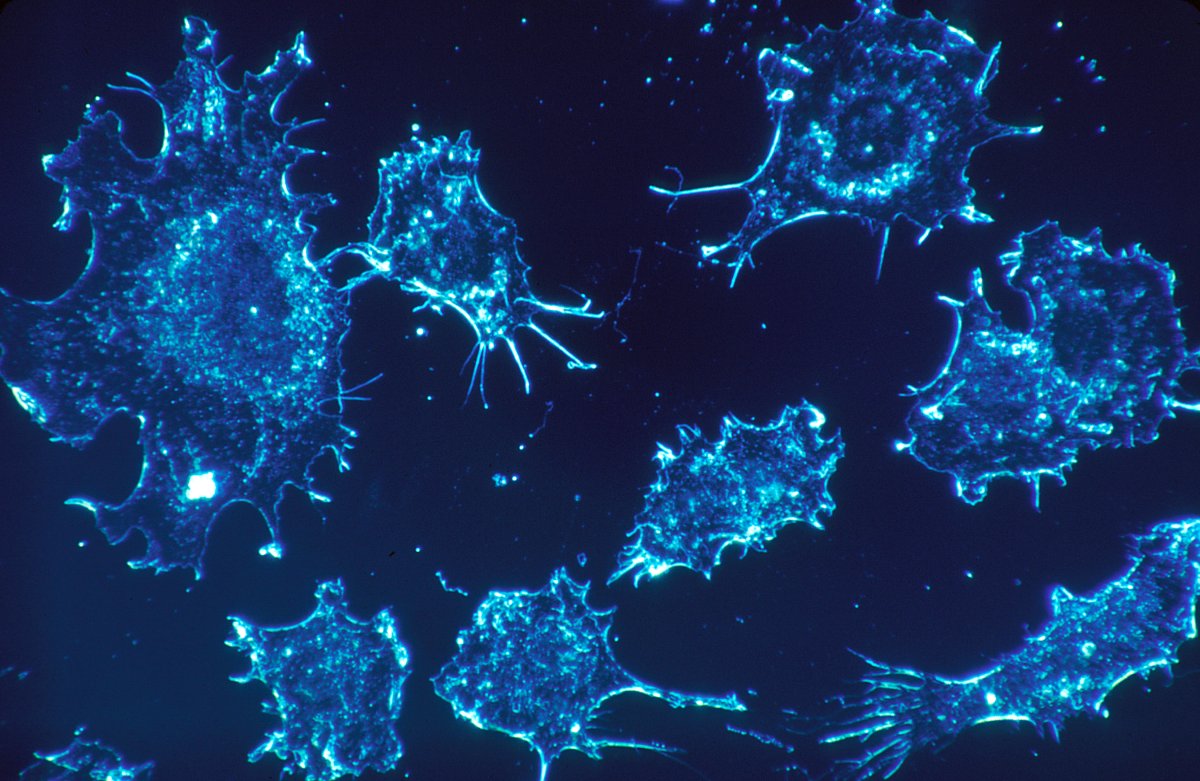
Fixing a Problem with Liquid Biopsy
By far, one of the biggest challenges that face cancer patients (or undiagnosed cancer patients) is the tedium and accessibility issues related to getting the right diagnosis.
A biopsy, the traditional method used to test for cancer, is invasive, potentially dangerous, expensive, and takes quite a while (anywhere from a week to three weeks) to return results. Moreover, many individuals in non-Western nations don’t have access to such tests.
These issues are especially unfortunate as, when it comes to cancer, early detection is crucial to surviving the disease.

This is ultimately what makes the introduction of this new saliva test, dubbed the “liquid biopsy,” such a breakthrough in cancer research.
Professor David Wong, from the University of California and the scientist behind the test, says that, if there are tumor signatures circulating in the test subject’s blood or saliva, the liquid biospy will detect it.
So far, the saliva test has been tested on lung cancer patients and has delivered “near-perfect” results, he shared while speaking at the American Association for the Advancement of Science‘s annual gathering in Washington
Near-Perfect Diagnosis
Prototypes of the saliva test are already being made and will start to begin testing in Europe and China this year.
All a test subject needs to do is purchase the saliva test kit from any pharmacy and send the saliva off to a laboratory, where researchers can analyze it for tumor DNA. Most notably, the test will cost a little more than $20 and may be widely available in the market by 2020.
However, of course, this means the research team will need to acquire regulatory approval before the test goes on sale. In the end, such regulations are often what cause treatments and tests to take so much time making their way to market.
While the test has (so far) only proven to be effective for detecting lung cancer, Professor Wong is optimistic about its potential to detect other types of cancer as well, including pancreatic cancer, which to date, is one of the most difficult to detect.
The goal is to get these tests ready for routine use and to study how it can be used alongside existing tests and scans to speed up diagnosis